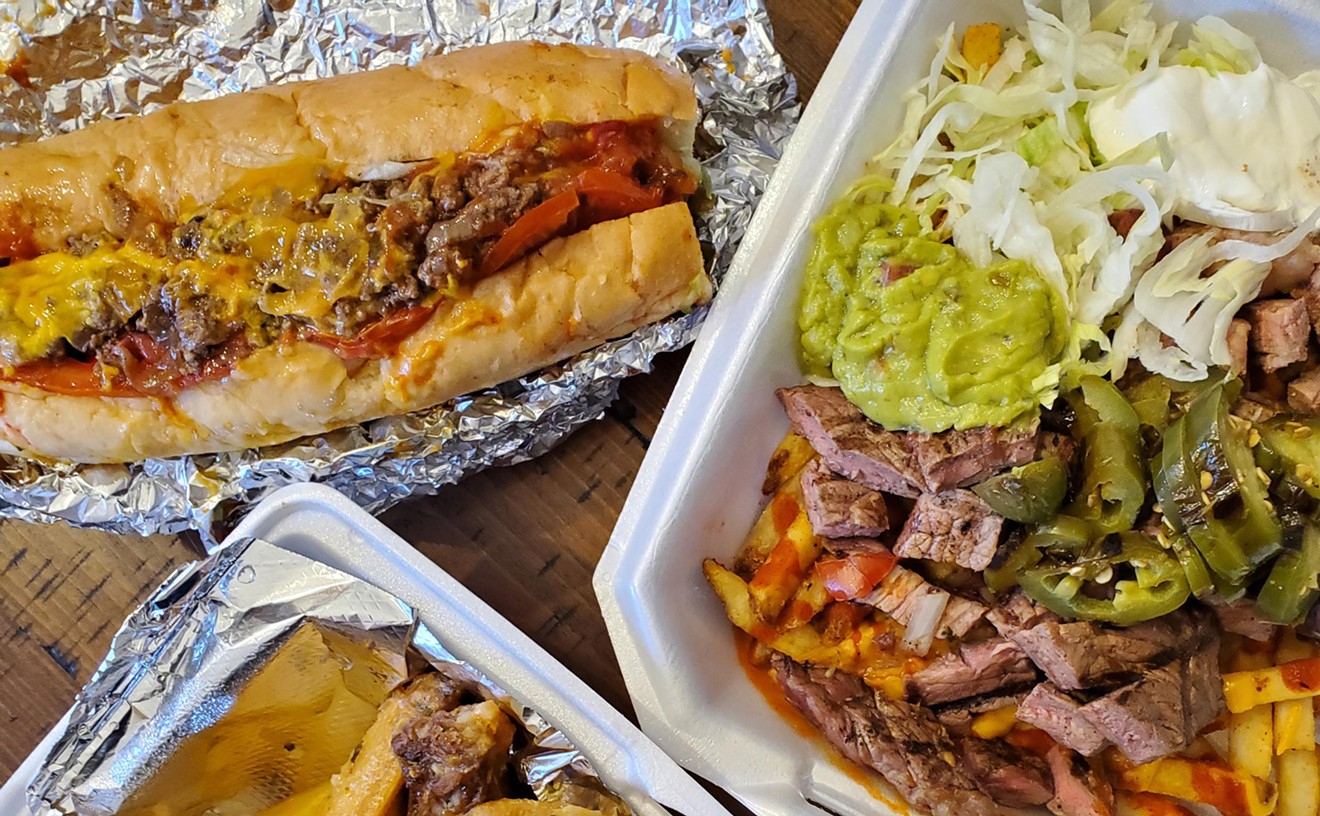Cook Street School of Fine Cooking designed the Eat Your Veggies class for people like me: People who want to eat more plant-based foods but who aren't quite sure where (or how) to start.
The Cook Street program covers four main techniques for preparing a vegetable: blanching, roasting, grilling and quick-pickling. Attendees are taught each of the techniques during the three-and-a-half hour session, preparing a full meal as they go -- and at the end of the lesson, the food is served up for everyone to enjoy.
The class I attended on March 25 was packed; every seat at the butcher-block bar was filled. We were split into two groups so that we could easily see and hear the chef-instructors as they walked us through our meal: pickled breakfast radishes, roasted cauliflower, braised asparagus and grilled artichokes. Chef Adam Knowles walked us through the radishes and cauliflower, explaining the science and flavor behind each step as we worked -- and he included a little knife skills lesson, too, before we started slicing and dicing.
Knowles showed us how to cut the radishes so they'd open up to absorb more of the pickling liquid; then we blanched the radishes, also to help them absorb more flavor, and submerged them in an ice-water bath to cool them down quickly post-blanching. We put together the pickling liquid (one cup vinegar, one cup water and one cup sugar) and poured it over the radishes, then set that dish aside to work while we moved on. Pickled vegetables last for two weeks or more in the fridge -- and he was careful to point out that this was a quick pickling method, not the same as canning or preserving food.
As the radishes were pickling, the chef demonstrated an easy way to cut cauliflower and watched us all practice, reducing the heads to smaller florets that still held together well. We tossed those in olive oil, seasoned them and then popped them in the oven to roast -- quick, easy and delicious! We made a curried yogurt sauce to serve with the roasted cauliflower.
For the next segment, on grilling, it was chef Erin Boyle's turn. Both chefs had hoped to showcase different foods than what we were eventually served -- ramps and scapes instead of radishes, for example, and Boyle's green-bean salad was revised to incorporate asparagus. Weird weather means weird growing seasons for everything, but both chefs did a fantastic job of explaining how the techniques could be modified for different vegetables.
Erin explained how to trim an artichoke, and then we all practiced on the baby artichokes she'd procured for our meal. After trimming, we boiled the artichokes to soften them up, cut them in half, removed the hairs from the inside and then threw them on the grill, cut side down. She described how to get the diamond-mark grill pattern on the artichokes that will impress your guests, and she showed us how to make aioli from scratch for dipping.
The asparagus course was super easy; after some discussion about how to pick good produce, we blanched the asparagus, pulling out the bright-green spears after just a minute or two and soaking them in ice water to stop the cooking process. That resulted in asparagus soft enough to chew comfortably but with the perfect amount of snap still remaining in the veggie.
When everything was finished, we all sat down to enjoy the fruits -- make that veggies -- of our labor. The baby artichokes were a little difficult to eat with all those tiny leaves, but well worth the effort. The breakfast radishes were crisp and tangy from the pickling; the roasted cauliflower had beautiful caramelization from where the oil had browned in the oven and was fantastic. I think the asparagus was my favorite dish, though. Perfectly cooked asparagus is something I've never been able to accomplish, and tossed in Boyle's Asian-style dressing, the veggie was divine; can't wait to replicate the recipe at home. I had to leave before the dessert was served, but the individual cakes (pumpkin, I believe) looked awesome.
After the Cook Street chef-instructors are finished with each section of the class, they ask attendees, "Do you feel like you could go home and do this thing I just taught you?" And I do! A lot of what they shared was new to me, and now I feel like I can deviate from my recipe books and throw together a delicious meal, something I wasn't confident I could do before.
Cook Street is hosting more Eat Your Veggies classes on April 30 and May 28; sign up at cookstreet.com.
Follow @CafeWestword











